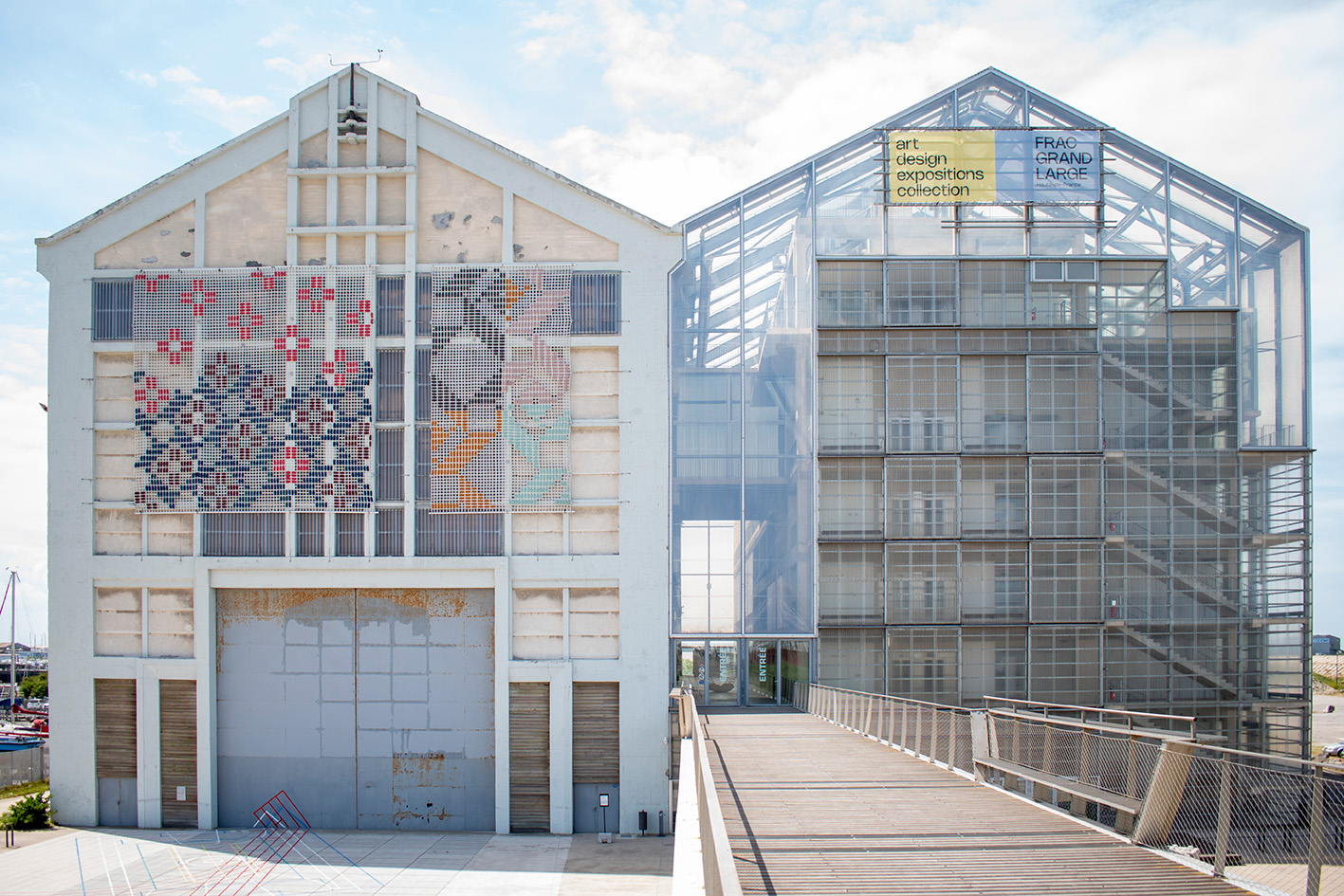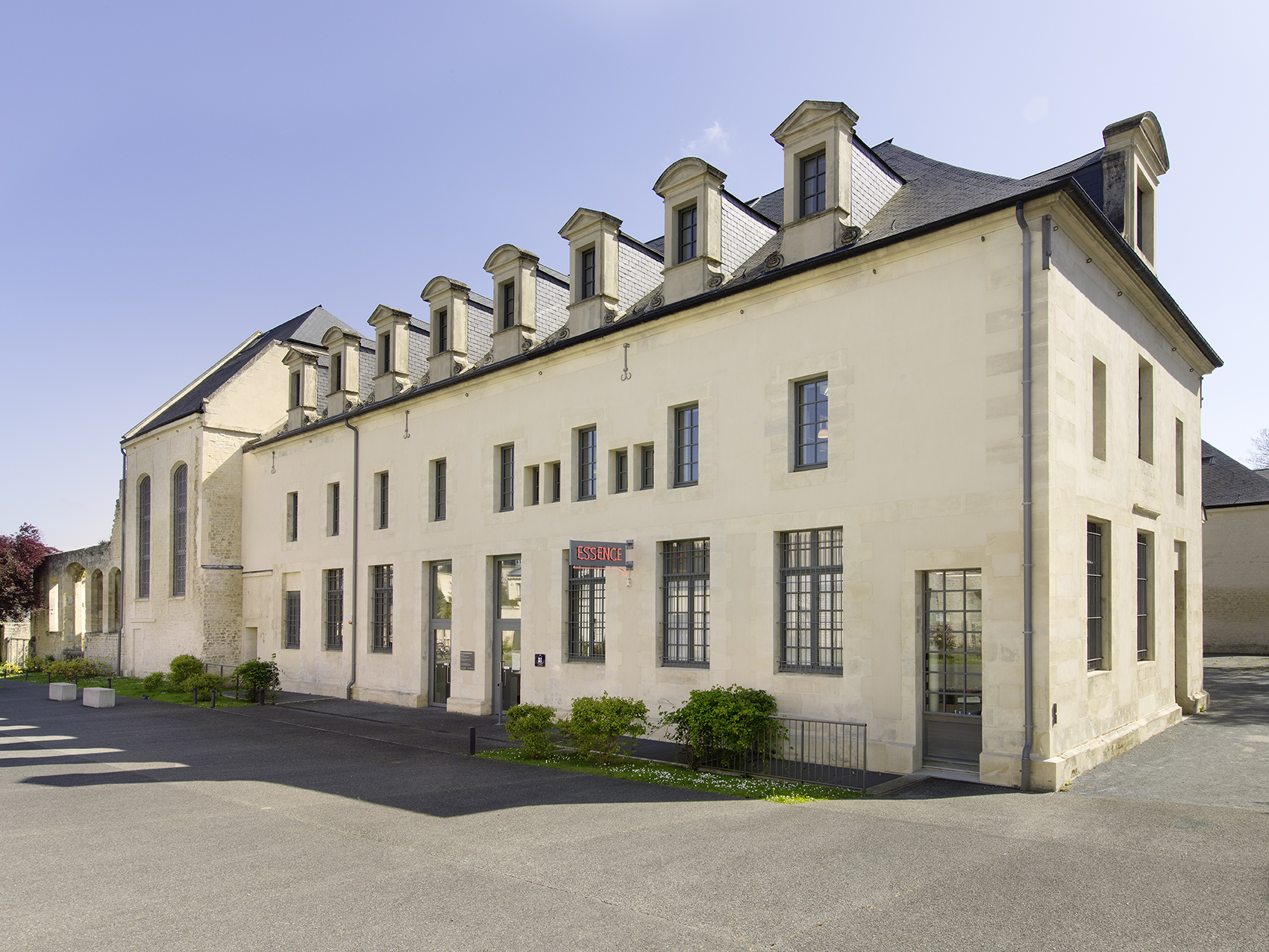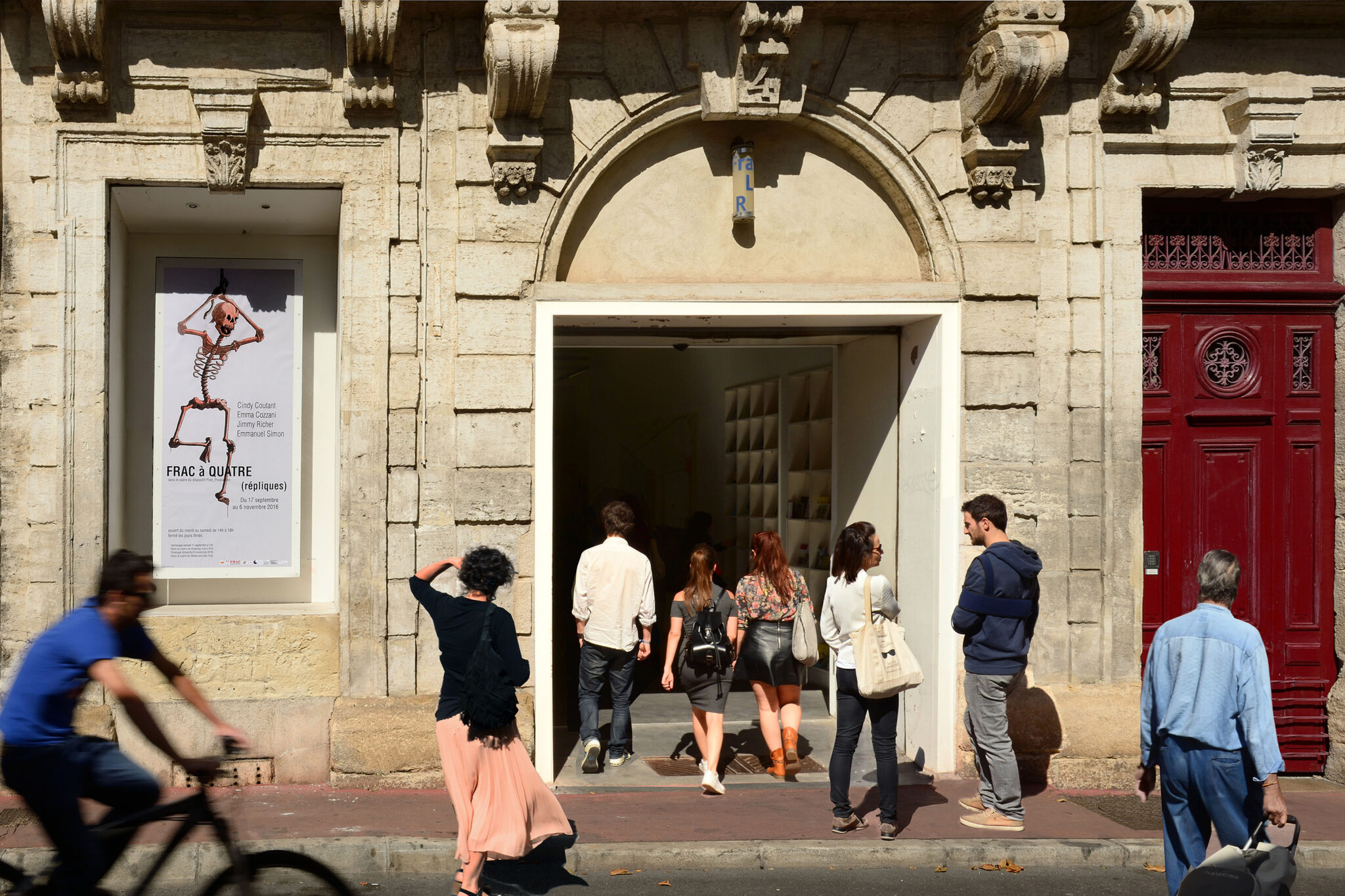
Frac's ecological transition
“The necessary ecological transition is in reality a cultural transition: culture plays a central role in changing civilization and generating new sober and desirable imaginaries. “Laurence Perillat, Les Augures
The Ministère de la Culture has commissioned studies to assess the carbon impact of the activities of 12 art labels, starting in 2023.
The Les Augures collective and the TranSyLience consultancy have been chosen to carry out the study of the activity of 5 Frac chosen according to representative typologies: Frac Occitanie Montpellier, Frac Franche-Comté, Frac des Pays de la Loire, Frac Normandie (Caen site) and Frac Grand Large – Hauts-de-France.
In addition to providing carbon emission figures for their activities, the study met a triple complementary objective for the Frac:
– to enable the Frac to co-construct their action plan in favor of the transition
– train teams and initiate action within Frac
– support the Frac in complying with Cacté (Framework for Action and Cooperation on Ecological Transformation)
Key points of the Frac carbon impact study
➡️ Disseminating the Frac collections has a dual social and environmental benefit. As in the cultural sector as a whole, public mobility accounts for the bulk of the Frac’s greenhouse gas emissions (55% of total emissions). The majority of Frac visitors are local and regional. The average round-trip distance travelled by visitors to exhibitions and projects on Frac sites is 41 km. Off-site projects (a total of 500 exhibitions a year throughout France) are attended by a local audience travelling an average of 10 km.
➡️ The Frac’s artistic activities (exhibitions, collection management and distribution) account for an average of 23% of GHG emissions.
➡️ The reuse of materials is an established practice in all the Frac, and relies on the willingness and agility of employees. The majority of waste is generated by the assembly and dismantling of exhibitions, and there is still considerable room for improvement in this area (reusable picture rails, reduction in packaging materials).
➡️ The challenges facing the Frac’s collection storage facilities are threefold: ensuring the preservation of a constantly growing collection in the face of the dual constraints of energy sobriety and global warming. Consideration needs to be given to the sustainable management of collections, adapting conservation conditions to materials and reducing energy consumption.
➡️ Most of the 5 Frac studied are located in recent, high-performance buildings, but their heating energy source is carbon-based (gas), and many Frac buildings have not benefited from any upgrading work.
➡️ The study stresses that the Frac’s structural difficulties and lack of resources affect the ability of its teams to broaden their skills and integrate adaptations.
➡️ Transition management needs to be built up, and cooperation and work on the scale of local and national networks are systemic levers currently being developed (pooling of materials and equipment on a local scale, co-production of exhibitions on a national level).
Examples of frac initiatives in favor of the ecological transition

Frac Franche-Comté
▪️ Optimization of electricity consumption: lighting control, presence detectors.
▪️ Few new buildings for exhibitions, and picture rails remain in place.

Frac Grand Large – Hauts-de-France
▪️ A local public encouraged to use public transport.
▪️ Circular economy initiatives at the Triennale and in production in general.

Frac Normandie (site de Caen)
▪️ Reduction in the number of exhibitions per year.
▪️ Actions to reduce and manage waste: sorting, reuse and recycling of construction and packaging materials.

Frac Occitanie Montpellier
▪️Recyclage of exhibition materials (especially picture rails).
▪️Économies on building energy consumption, rationalization of transport of goods and people, and new, more suitable storage facilities.

Frac des Pays de la Loire
▪️ Experimentation with public mobility, particularly cycling.
▪️ Digital eco-gestures in place within the team.